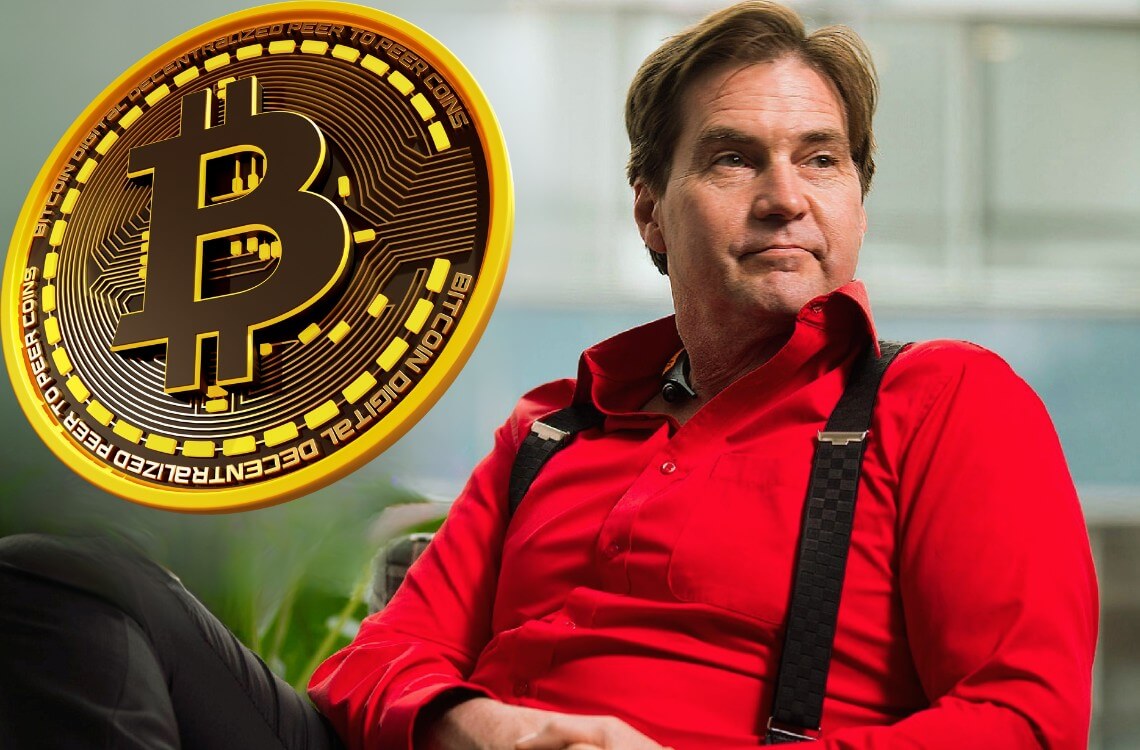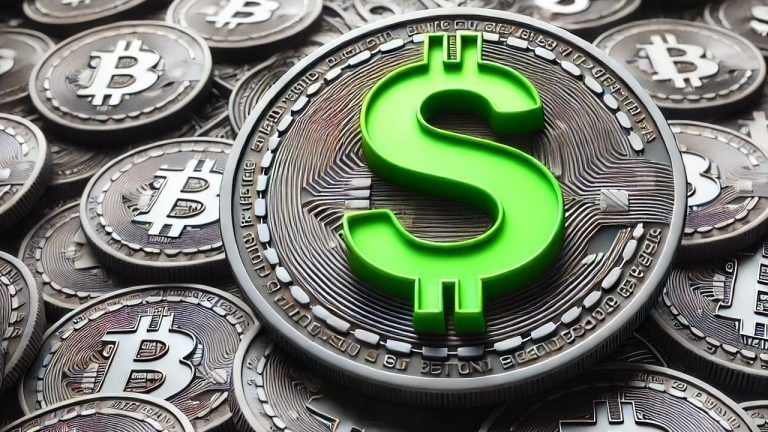Yi He opens up about Binance’s listing and investment standards
Yi He, the co-founder of Binance, has been in the crypto industry since 2017. Reflecting on her journey, Yi decided to share insights into Binance’s listing and investment standards, giving us a glimpse into the mind behind the world’s largest crypto exchange.
She said:
“We screen projects and conduct internal reviews. If someone strongly opposes a project, it won’t pass.”
The listing decision involves a multi-layered process that considers the project’s technical foundation, market potential, and investment backing.
Minimizing the time gap between deciding to list a project and the actual listing helps prevent front-running rumors. Binance faces challenges with users’ psychological expectations.
Many expect high returns, but Yi says there’s a need for realistic expectations. “High-return opportunities are becoming rarer. Users need to understand industry development and adjust their expectations,” she says.
Binance wants to provide reliable projects but acknowledges that not all will increase in value. Understanding market fluctuations and cycles is very important.
Addressing regulatory issues and interest alignment, Yi said that Binance’s investment in listed coins is often limited. “Assuming Binance has vested interests in listed coins requires substantial proof,” she points out.
The primary role of Binance is to offer popular and trending projects while filtering out high-risk ones. Regarding her future, Yi is committed to the crypto industry. In her words:
“From the first day I joined the industry, I have unwaveringly believed that blockchain will bring revolutionary changes and infinite possibilities to the world. Because of this belief, I have wholeheartedly committed to it.”
Back in 2013, when Bitcoin’s price soared past $1,000, Yi said she found herself captivated by the crypto market. Leaving a career at Travel Satellite TV, she dived headfirst into the industry.
“It was a huge shock to see Bitcoin rise above $1,000. It made me question what money really is,” Yi says. The collapse of Mt. Gox in 2014 was a pivotal moment, filled with uncertainty. “Watching Bitcoin drop below $100 was intense,” she recalls.
Those early days were wild. The industry was young and offered opportunities for anyone brave enough to take a chance. Yi jokes about how recruitment was much less formal back then.
“If I were to interview for a job today with my background, I wouldn’t get an offer,” she laughs. The industry has since matured, demanding more professional skills and qualifications now. And Yi thinks that’s great.
In 2014, the crypto scene was dominated by the likes of Kaomao and Chang Jia. The focus was mainly on altcoins, with Bitcoin enthusiasts holding firm beliefs.
Then Ethereum came and brought with it a major change, introducing real financial applications that Yi thinks transformed entrepreneurship.
“The so-called bull market isn’t driven by innovation but by events like ETFs,” she explains. Yi says that Asian projects often face challenges compared to their North American counterparts.
She added, “Asian investors lack self-confidence, making it difficult for Asian companies to get investments. We’ve invested in over 1,000 projects. We look for founders with a long-term vision and faith in the industry.”






